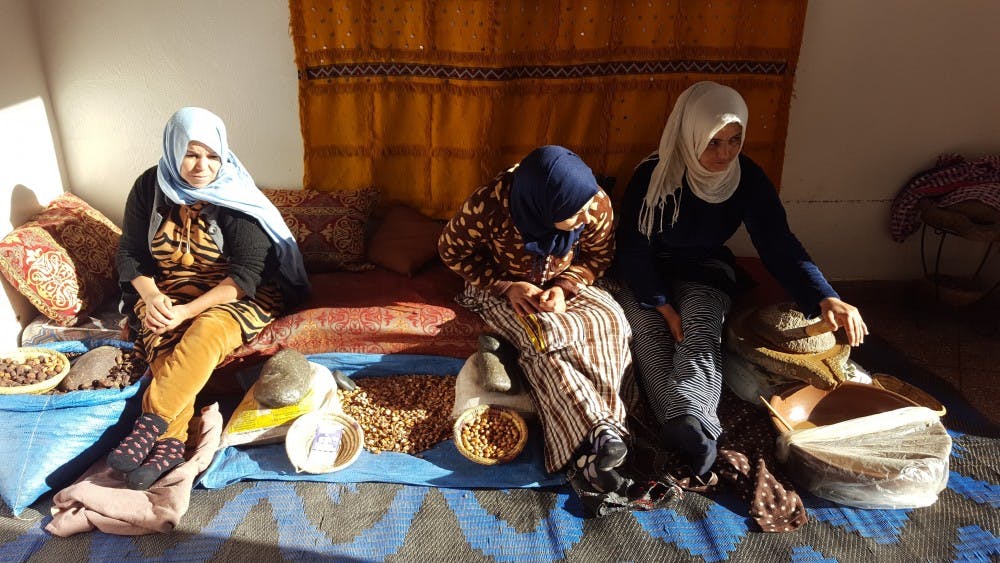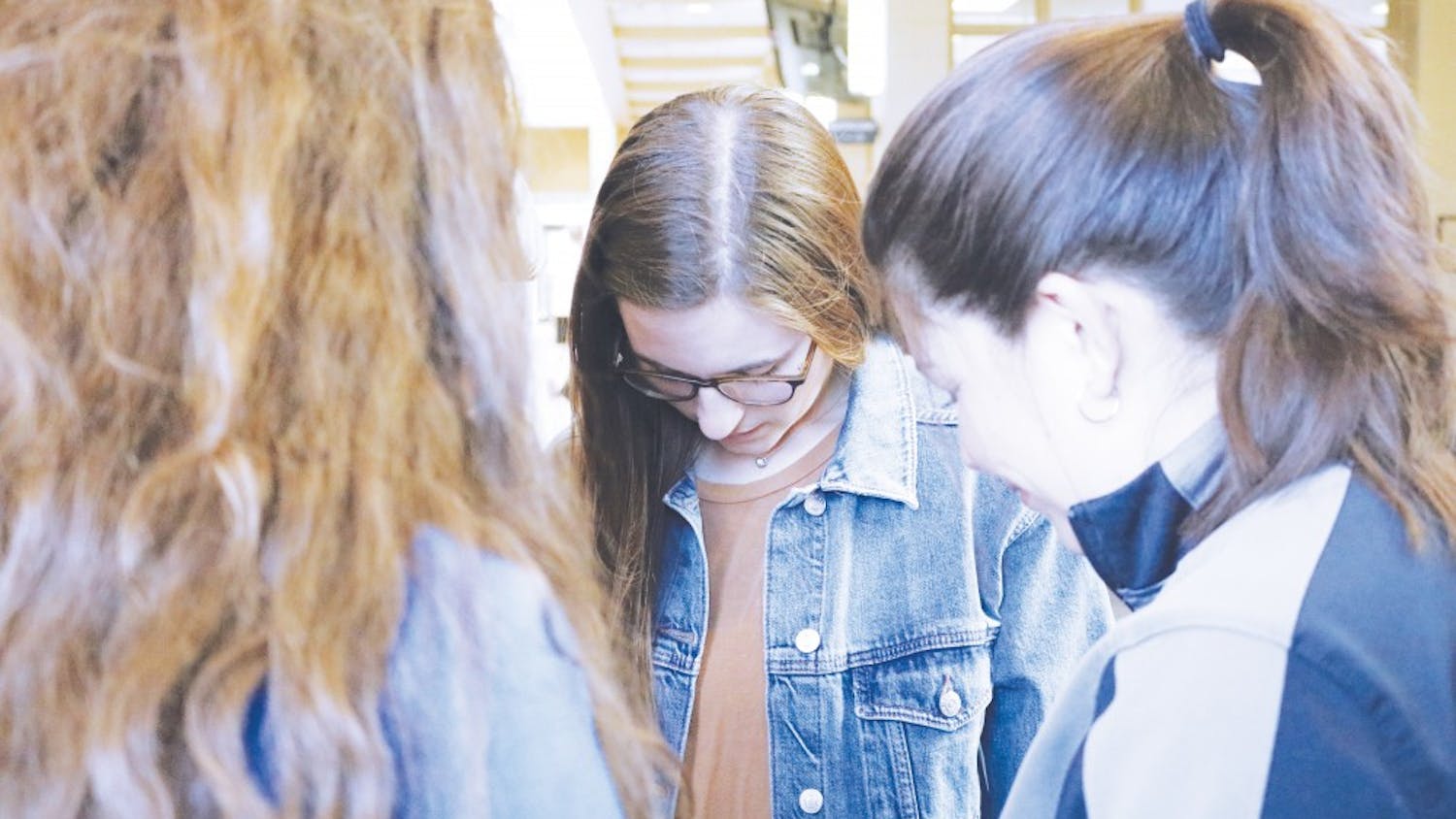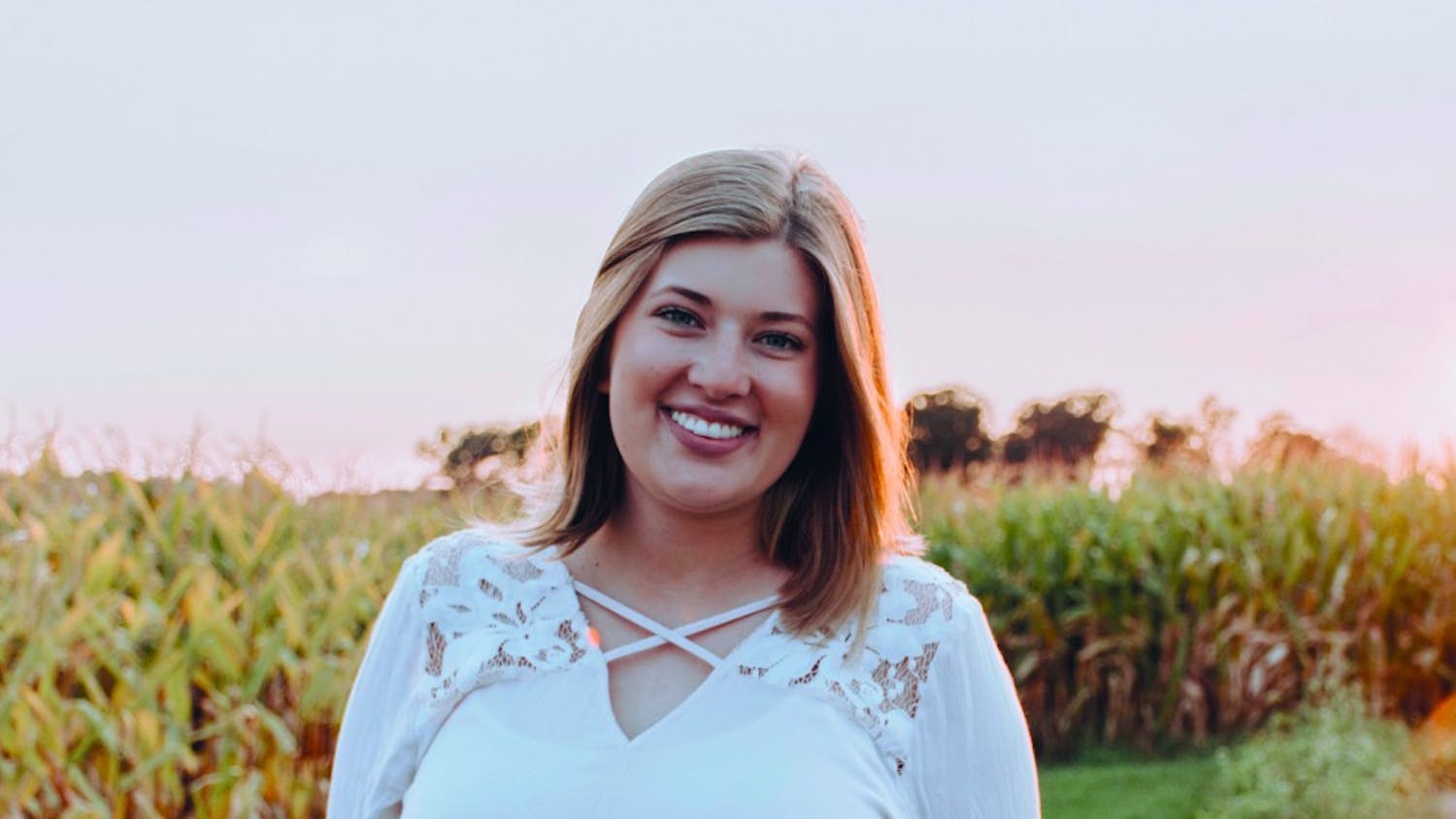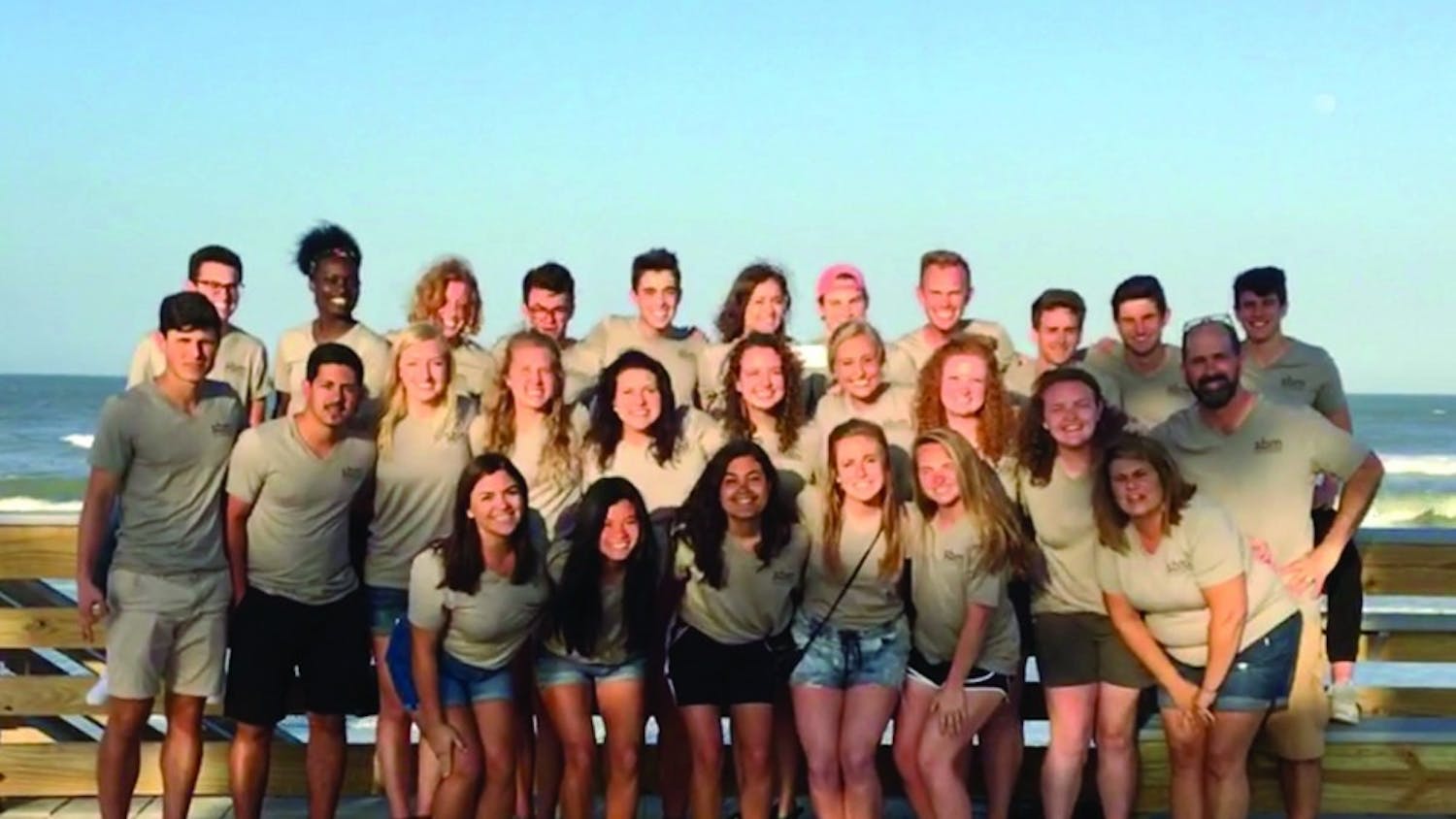Guarded interest.
This is how senior Carissa Zaffiro described her church’s small group as they entered a mosque in Cincinnati.
They entered with no intention to evangelize or convict the Muslims in their worship. They just sought to create a dialogue and gain insight beyond cultural stigmas.
During their visit, the group toured the mosque, observed an afternoon prayer and participated in candid conversations with Muslims.
“(People always wonder) why,” Zaffiro said. “For what? If I'm not going to explicitly evangelize someone, why spend time with them? Why learn about someone, or even . . . take the posture of being able to learn about someone to love them better, not to debunk their beliefs?”
As an international studies major, Zaffiro has made those moments the purpose and passion of her life. She has always known that intercultural relations were her calling. As a child, Zaffiro remembers zealously and diligently praying through denominational prayer calendars.
She was specifically drawn to Islam, however, after traveling to Malaysia during a gap year with The World Race. There, she saw hospitable and kind Muslims who asked her to pray and sing about Jesus in their children’s classrooms — something she would have never expected.
“When I first observed prayer at a mosque, I had a huge reckoning of faith and was super shaken to my core, but I think I came out on the other side a lot stronger,” Zaffiro said.
Because of their peacefulness and kindness, Zaffiro had to process the preconceived notions she had about Muslims.
Later, she took world religion courses and studied abroad through Taylor’s Middle East programs, where she further explored Islam and its similarities with Christianity. During this period, she was most impacted by how close Islamic culture reflected the culture at the time of Jesus.
“Muslims in the Middle East share a culture with Jesus that I'll never be able to share . . .
And so, just being able to learn how they see Moses and Abraham and Jesus, in kind of this shared understanding — more of who he was as a shepherd or as a rabbi . . . was so rich to me,” Zaffiro said. “I felt like (it) just kind of made my understanding of my own religion fuller.”
All of this culminated last summer when Zaffiro approached her church council about visiting a mosque in August. Because the church had been talking about other religions in Sunday school, Zaffiro thought the visit would be the perfect first-hand opportunity to learn about loving neighbors. While the church had some apprehension, they ultimately supported Zaffiro.
From the conservative evangelical church of about 70 people, eight people visited the mosque. Some people were apprehensive about visiting, but attended a talkback session the day afterward where the eight visitors shared their thoughts.
They took away a variety of lessons from the experience. Some admired the posture and attitude many Muslims took regarding their faith. Others were thankful for the unique, intimate relationship Christians can have with God. Everyone left with new questions.
“I really did see people's perspectives change . . . as they wrestled with really tough topics, like immigration and asylum seekers, in a way that they couldn't before because now they had a Muslim in their minds that they were like, ‘Wait, she's actually really cool, and her family came from Pakistan,’’ Zaffiro said.
Reflecting on the experience, Zaffiro wrote “Why I Took My Church to a Mosque” for Sojourners, the online publication of the Christian social justice organization of the same name. She reflected on how the unusual experience gave each person a deeper perspective of their neighbors.
Zaffiro was flooded with people who were intrigued, confused or inspired by what she had written. Readers were coming from all walks of life and experiences.
Because of the cultural stigma and history of relations with Muslims, it seemed like many approached the concept of interfaith relations with fear. However, the sparked conversation by the visits showed Zaffiro an “amazing ripple effect” that confirmed God’s intention to create interfaith relations.
Getting Christians to love their neighbors has been the driving force of Zaffiro’s actions.
“What we might miss from our sermons today is that Jesus’ story was not only profound but also provocative,” Zaffiro wrote in her article. “Not only does he tell us through his parable that ‘the other’ is our neighbor; he also makes the Samaritan outsider the hero of the story . . . (After visiting the mosque,) we struggled with the tension between Biblical convictions of eternity and the ability to love and learn from our neighbor.”
The most important mindset to adopt is to see each person for their humanity, not as a mission project.
She has found that, after asking lots of questions and seeking to understand their culture and religion, Muslims are often curious about the Christian interpretation of the Old Testament and Jesus.
“And then so I do get to show the love of Jesus in that way,” Zaffiro said. “And then when I want to tell them the gospel, and about how I find Jesus as my Savior, they're receptive to that, because I built that rapport. I think there's a bigger purpose.”
To Zaffiro, this type of witnessing is not limited to foreign countries, it begins where each person is currently planted. Recently, she visited Ball State to engage with a Muslim student organization. Zaffiro also encourages students to get involved with The Red Barn in Upland, where she has volunteered throughout college.
Ultimately, Zaffiro desires to show the love of Christ to every person, regardless of where they come from in faith, social or economic backgrounds. Christ’s redemptive love is not something limited or exclusive, so neither should be the Christians who carry it to others.
“Jesus just gives a wild example in the Bible of loving people, especially across ethnic and religious borders,” Zaffiro said. “And I think it's so beautiful, and it's so inclusive, and it's so holistic.”





